josef hoffmann, art nouveau and art deco
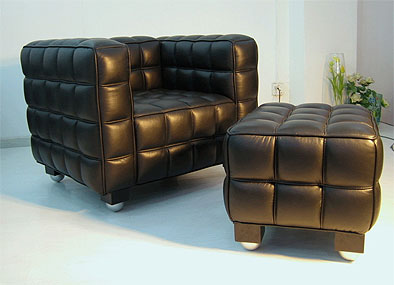
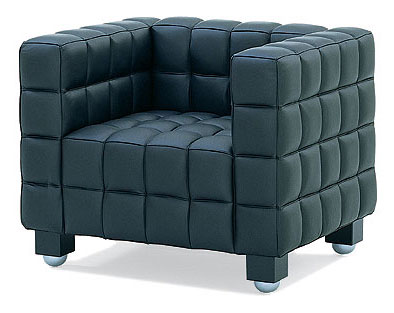
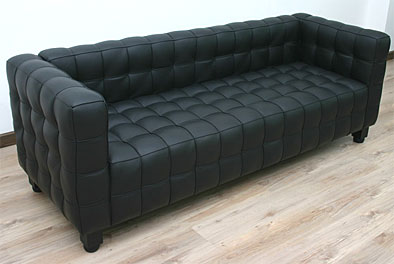
Josef Hoffmann (1870-1956) was an Austrian architect who managed to straddle a number of important art movements during a time of transition between traditional and (then) up-and-coming Art Nouveau and Art Deco design. His focus on the latter styles made him an important designer of the early 20th century, although his own work at the time was often unpopular with his patrons and clients who desired more historically-inspired work. Above: the Kubus chair and sofa are the most recognizable of Hoffmann’s pieces, with regularly repeating padded cubes. Even today, this level of segmentation is not easily reproduced with numerous seams that require craftsmanship of the highest caliber.
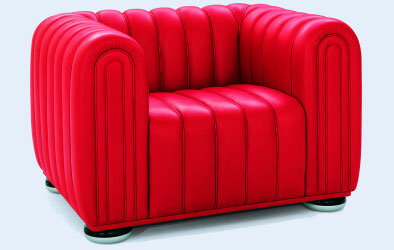
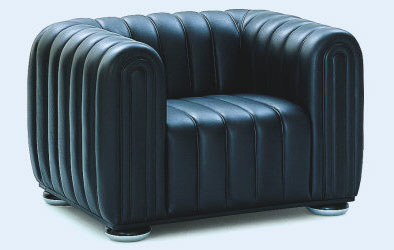
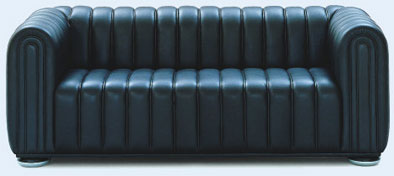
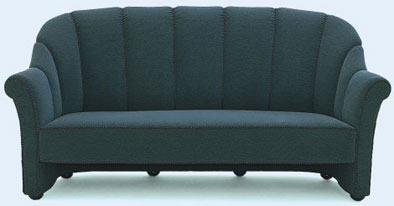
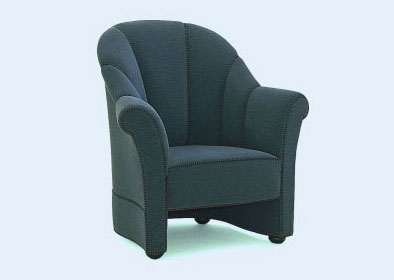
The Club Collection (1910) is an early art deco piece with classic elephant arms while the Haus Koller is more reflective of the sinuous curves found in Art Nouveau. Both possess similar vertical seamwork, with the Club being the more tightly integrated and geometric of the two.
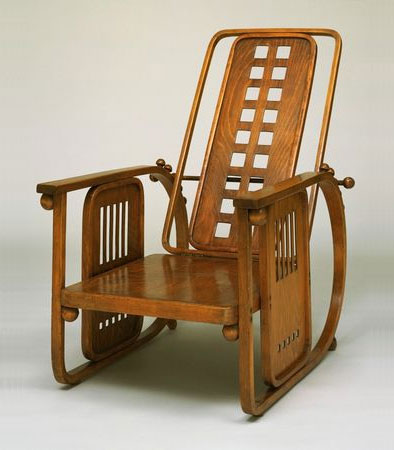

Hoffmann’s Sitzmaschine (“Sitting Machine”) is a blend of the purely functional and the ornate; the exposed, industrial appearance of the chair is balanced by decorative knobs, a square grid on the back and curved armrests. Designed for Vienna’s Purkersdorf Sanatorium, this chair has seen numerous iterations including a version with a supple leather backrest.
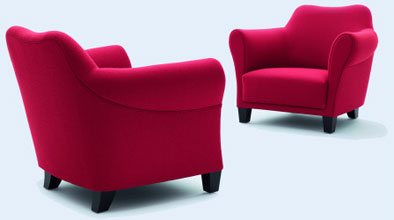
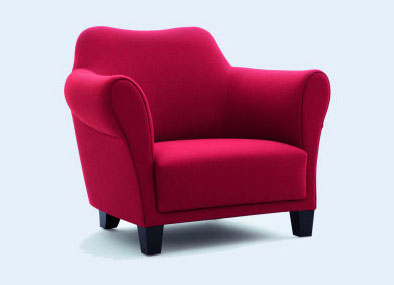
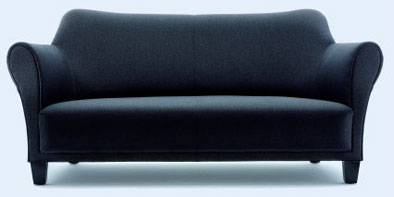
The Salon Chair is actually a posthumous work, derived entirely from a signed but undated Hoffmann drawing and only seeing production in 2005. This is a chair that appeals to today’s more contemporary/transitional sensibilities as opposed to Hoffmann’s earlier, more ornate work. A beautiful piece with a gently flared backrest and arms, Salon is a testament to Hoffmann’s lasting influence and appeal.
wikipedia.org/Josef_Hoffmann